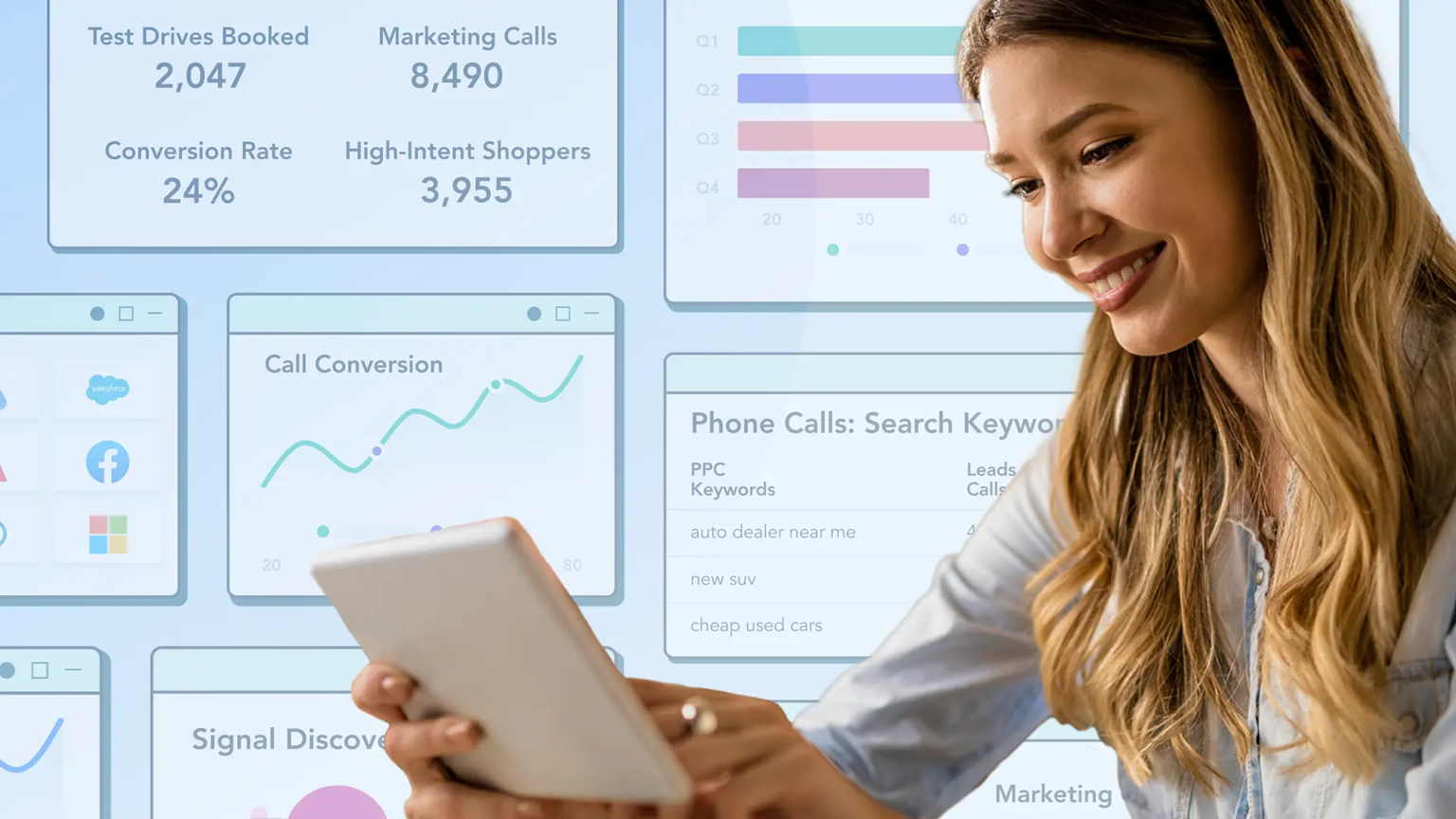Many people believe that starting a business requires a large investment, but the truth is that you can start a successful business with low capital. Low-investment ventures encourage entrepreneurs to be creative, strategic, and efficient right from the beginning. Today, with the advancement of the internet, there are countless accessible opportunities, from e-commerce to online services, that require more dedication and planning than substantial financial backing.
1. Benefits of starting a business with low capital
Starting a business with limited resources can offer a competitive edge. Lean ventures are more flexible and allow for quick adjustments with reduced risk. Here are some of the main benefits:
- Enhanced financial control: Low-capital businesses require efficient financial management and cost control from the start.
- Innovation and adaptability: Resource constraints drive creative solutions and sustainable growth strategies.
- Lower risk: Starting small minimizes the impact of mistakes, allowing you to learn and adjust without significant losses.
- Focus on customer needs: Entrepreneurs with limited investment tend to concentrate on solving real problems, which can improve their value proposition.
2. Preparing to start a business with low capital

Before selecting the ideal business idea, having a strategic plan is essential. Preparation is a key factor in the success of new businesses. Here are some essential steps:
2.1. Plan with a lean business model
Use the Business Model Canvas methodology, a simple yet effective tool to map out:
- Value proposition: What problem are you solving for the customer?
- Customer segment: Who are your customers?
- Sales and communication channels: Where will you sell, and how will you promote your product or service?
- Cost structure and revenue flow: What are the fixed and variable costs, and how will you generate revenue?
2.2. Reinvest profits
Start small, and as the business generates revenue, reinvest a portion of profits to expand operations, marketing, and improve product or service quality.
2.3. Use free tools and strategic partnerships
There are many free online tools to help manage finances, marketing, and sales, like Google Sheets, Instagram, Canva, and e-commerce platforms. Additionally, partnerships with suppliers can reduce initial costs and facilitate growth.
3. 10 Practical ideas to start a business with low capital
Now that you’re prepared, here are 10 business ideas that can be started with minimal investment.
3.1. Online store for handmade products
If you have craft skills, you can create jewelry, scented candles, natural cosmetics, or decorative pieces and sell them online. Platforms like Etsy and eBay are great starting points.
- Initial investment: Raw materials and packaging.
- Tip: Use Instagram to promote your products and take advantage of ads to reach new customers.
3.2. Online consulting or mentoring
If you have expertise in areas like marketing, finance, or career coaching, you can offer online consultations and mentoring. Initial costs are low, and you can use free platforms like Zoom and Google Meet.
- Initial investment: Simple website and marketing materials.
- Tip: Create service packages and continuous programs to increase customer retention.
3.3. Affiliate marketing
In affiliate marketing, you promote other companies’ products and earn commissions for sales made through your link. This is an excellent option for those with blogs or social media profiles.
- Initial investment: Domain and hosting for a blog.
- Platforms: Amazon, ShareASale, and CJ Affiliate are great examples of affiliate programs.
3.4. Dropshipping

Dropshipping allows you to sell products without holding inventory, as the supplier handles logistics. This is an efficient way to open an e-commerce store with minimal startup costs.
- Initial investment: E-commerce platform (Shopify, WooCommerce) and ad spend.
- Tip: Focus on specific niches to stand out in the market.
3.5. Homemade food production and sales
The market for healthy meal prep, homemade sweets, and cakes is growing. If you enjoy cooking, you can start with local sales and expand to delivery services.
- Initial investment: Ingredients and packaging.
- Tip: Use platforms like Uber Eats to increase your sales reach.
3.6. Freelance services
Offering services like writing, graphic design, translation, or social media management is a practical way to start without an initial investment. Use platforms like Upwork and Fiverr to find clients.
3.7. Reselling imported or used products
Buying products from international sites like AliExpress or finding items in thrift stores and reselling them for a profit is a popular way to start.
- Initial investment: Product purchases and online marketing.
- Tip: Use eBay or Craigslist for used items and marketplaces for new products.
3.8. Pet sitting and dog walking
The pet service market is booming. Offering pet care and walking services can be a great option for animal lovers.
- Initial investment: Business cards and social media marketing.
- Tip: Register with specialized apps like Rover.
3.9. Virtual assistant
Small businesses need virtual assistants for administrative tasks, like scheduling and customer service.
- Initial investment: Computer and internet access.
- Tip: Offer service packages to build client loyalty.
3.10. Social media content creation
With the growing demand for social media management, companies are looking for professionals to create engaging content for their audiences.
- Initial investment: Online portfolio creation.
- Tip: Invest in free design and digital marketing courses to enhance your skills.
4. Strategies to grow your business with low capital

4.1. Organic social media marketing
Use Instagram, Facebook, and TikTok to attract customers at no cost. Produce relevant content and naturally promote your brand.
4.2. Reinvest a portion of profits
Instead of seeking loans, reinvest business profits to gradually increase your operation.
4.3. Strategic partnerships
Form partnerships with suppliers and other companies to share costs and increase visibility.
Starting a business with low capital is possible and highly feasible. The key is in proper planning, using free resources, and taking advantage of digital opportunities. The 10 ideas presented here show that a large budget isn’t necessary to start – the most important things are dedication, creativity, and strategic vision.
With the right tools and strategies, you can turn a simple idea into a successful business and gradually expand based on your profits and learnings.
With the ideas and strategies provided here, you’re ready to start your own business with little capital and grow sustainably. The most important things are planning, persistence, and a willingness to learn and adapt to market demands. Good luck on your entrepreneurial journey!
Frequently asked questions (FAQ)
Is it possible to start a business with less than $500?
Yes, many businesses, like freelancing, affiliate marketing, and online consulting, require little to no investment.
What are the best businesses to start from scratch?
Businesses like freelancing, social media content creation, and dropshipping are great options because they can start with minimal investment and make use of online platforms.
How can I validate a business idea with low capital?
You can validate your idea with quick tests, like launching a minimum viable product (MVP) or selling to a small group of customers. Use social media to promote and get feedback before scaling.
How can I promote my business without spending much?
Focus on organic marketing through social media, produce relevant content for your audience, and participate in online groups and communities related to your niche. Also, encourage referrals from satisfied customers.
How long does it take for a small business to turn a profit?
The time to reach profitability varies by business type and market. For freelancing or consulting, returns can be quick, while e-commerce and dropshipping may take several months to achieve consistent profit.
What free tools can I use to manage my business?
Tools like Google Sheets for financial tracking, Canva for graphic design, and Trello for project management are ideal to start at no cost.
How can I grow a business with low initial investment?
Reinvest some of the profits to grow gradually, prioritizing operational and marketing improvements. Explore partnerships and continually find new ways to add value to your customers.




